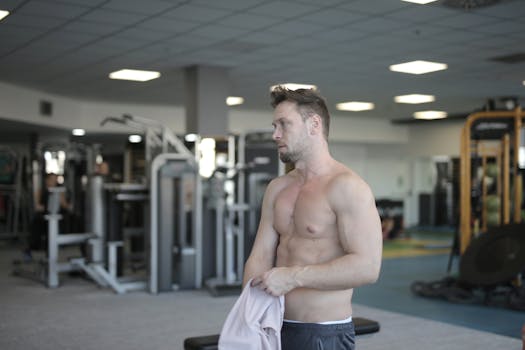
The Importance of Proper Form in Strength Training
Takeaways: Proper form in strength training is essential for maximizing results and minimizing the risk of injury. It enhances muscle engagement, promotes good biomechanics, and aids in long-term fitness success. Make it a priority in your workouts to ensure a safe and effective training experience.
When it comes to strength training, many individuals focus on lifting heavier weights or completing more repetitions. While these factors are important, they should never overshadow the significance of maintaining proper form. Proper form is the foundation of effective strength training, and understanding its importance can lead to better results, enhanced safety, and a more enjoyable workout experience.
Understanding Proper Form

Why Proper Form Matters
1. **Injury Prevention**: One of the most significant reasons to prioritize proper form is to prevent injuries. Poor technique can place unnecessary strain on muscles, joints, and connective tissues, leading to acute injuries and chronic pain. For example, improper squatting can cause knee pain or even damage to the ligaments if the knees buckle inward during the movement.
2. **Maximized Muscle Engagement**: Proper form ensures that the targeted muscles are effectively engaged. When you perform exercises with the correct technique, you optimize muscle recruitment, leading to better strength gains and muscle development. For instance, during a bench press, incorrect form may shift the focus from the chest muscles to the shoulders, reducing the effectiveness of the exercise.
3. **Improved Performance**: Good technique translates to better performance in strength training. As you master the proper form, you will find that you can lift heavier weights and perform more repetitions. This progressive overload is crucial for building strength and muscle mass over time.
Key Elements of Proper Form

1. Body Alignment
Maintaining correct body alignment is essential for achieving proper form. This includes keeping your spine neutral, shoulders back, and knees aligned with your toes. Proper alignment helps distribute weight evenly and reduces the risk of injury.
2. Controlled Movement
Perform each movement in a controlled manner, avoiding jerky or rapid motions. Slow, deliberate movements not only enhance muscle engagement but also ensure that you maintain control throughout the exercise, which is crucial for safety.
3. Range of Motion
Understanding the appropriate range of motion for each exercise is vital. Moving through the full range of motion allows for optimal muscle activation and flexibility. However, be cautious not to exceed your limits, as this can lead to injuries.
4. Breathing Techniques
Proper breathing techniques play a critical role in strength training. Exhale during the exertion phase of an exercise (e.g., lifting) and inhale during the relaxation phase (e.g., lowering). This helps maintain intra-abdominal pressure and supports your overall stability.
Practical Tips for Maintaining Proper Form

2. **Use Mirrors**: If available, utilize mirrors in the gym to check your form. Observing yourself can help you identify and correct any mistakes in real-time.
3. **Seek Professional Guidance**: Consider working with a certified personal trainer, especially if you are new to strength training. A trainer can provide valuable feedback on your technique and help you develop a strong foundation.
Conclusion

FAQs
1. How can I tell if my form is correct?

2. What are the common signs of poor form?
Common signs include pain during or after exercises, inability to complete a full range of motion, and unbalanced movement patterns.
3. Can I still gain strength with poor form?
While you may see some gains, poor form increases the risk of injury and may lead to imbalances and suboptimal results in the long run.
4. How often should I check my form?
Regularly check your form, especially when learning new exercises or increasing weights. It’s a good practice to reassess your form every few weeks.






